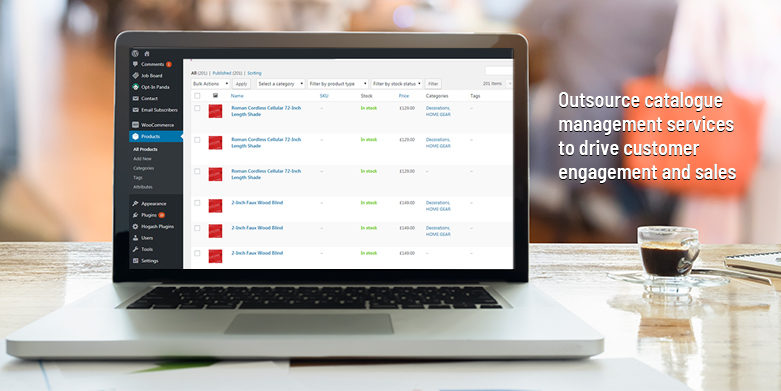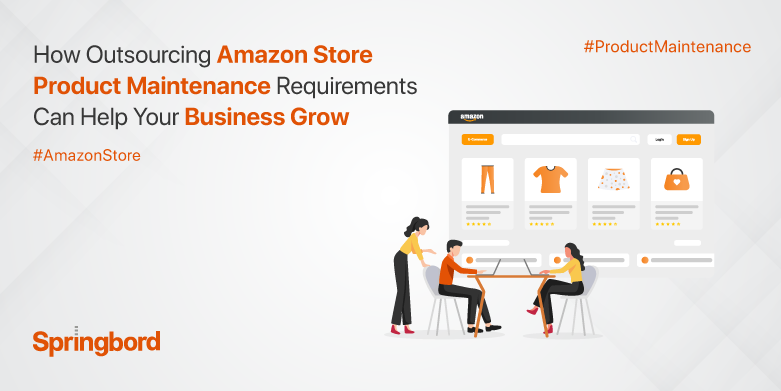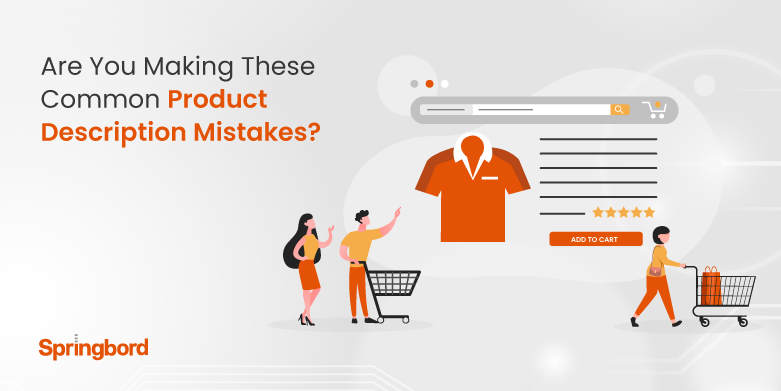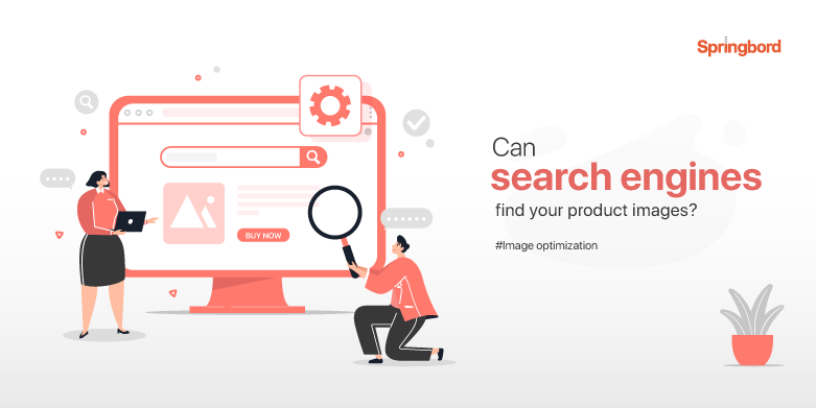 Read time 3 min
Read time 3 minDo you know that 74% of millennial shoppers want image search as part of their buying journey. Visual content/images have unparallel potential to generate Web traffic. As ecommerce players you may have an extensive library of product images, however, if they are not optimized you will not be able to realize its benefits. Web crawlers cannot see images and therefore if product photos are not optimized, search engines will not be able to identify or track them.
So, what does image optimization mean?
Optimizing images entail integrating set of attributes to product images that makes them discoverable by search algorithm and thereby searchable by shoppers. From image type, quality, to size every aspect is optimized within your product listing to make it easier for search bots to crawl, index and rank your site. Optimized images deliver several benefits, it improves search ranking, maximizes traffic, enhance website performance as well as user experience.
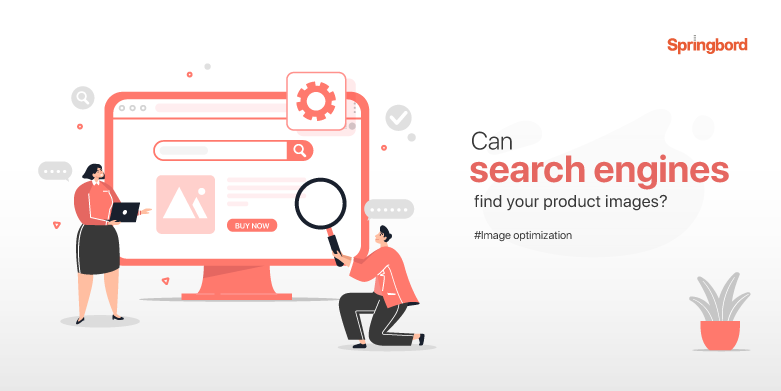
How to optimize images?
There is an extensive set of techniques that can be used to optimize product images to suit the product listing or product catalog or ecommerce site requirements. However, we have listed top 3 practices that can help kick start the optimization process for any ecommerce player.
Adding Alt Tags
Alt tags or alt attributes are considered as key ranking factor by Google. It is a descriptive representation of an image in the event it fails to upload successfully or to enable scree-reading tools describe the image to visually challenged users. The ‘image alt’ attribute is an important part of metadata, where you can integrate keywords within the description enabling search engines to crawl and rank your page/website.
Optimizing image size
Given that you need to have high-quality product images. However, such images usually have large file size and are not mobile optimized. Heavy image files significantly increase the page load time, making it slow and in turn affecting user experience. Reducing the file size without compromising the quality of the image is one of the key parts of the image optimization process. Based on your products and ecommerce store requirements, you need to choose the right image format so that it accurately and clearly displays the product images without impacting the site performance.
Naming the image files
When you use words to describe and name the image files it enables search engines to identify the image and in turn rank your page. While it sounds simple, overdoing the descriptions or trying to stuff keywords can cost your ranking. When naming the image files avoid long sentences or file names, keep it short and use descriptive words only.
Should you outsource image optimization?
Whether it is the tips shared here or numerous hacks found online on image optimization – none of the articles serve as a complete guide to this process. That is because in order to optimize product images correctly for ecommerce platform, one must understand both the aspects technical as well as aesthetical. Plus, every ecommerce business and marketplace requirements vary vastly, so optimization process is dynamic and an ongoing effort that requires dedicated, experienced and trained staff.
By choosing to outsource you get access to skilled graphic designers and illustrators trained in latest and advanced photo editing tools as well as search engine optimization process. It also allows you to avoid costly mistakes and ensure your product images are optimized for conversion quickly and at an affordable cost.
Springbord has been a partner of choice for ecommerce players across the globe. We offer a range of custom, and efficient ecommerce services that helps drive profitable outcomes. Whether you wish to re-optimize your product images, or you want new product images processed for ecommerce marketplace, we can help you optimize images that are discoverable, and help boost site ranking and performance. To know more about our services, connect with us today!





